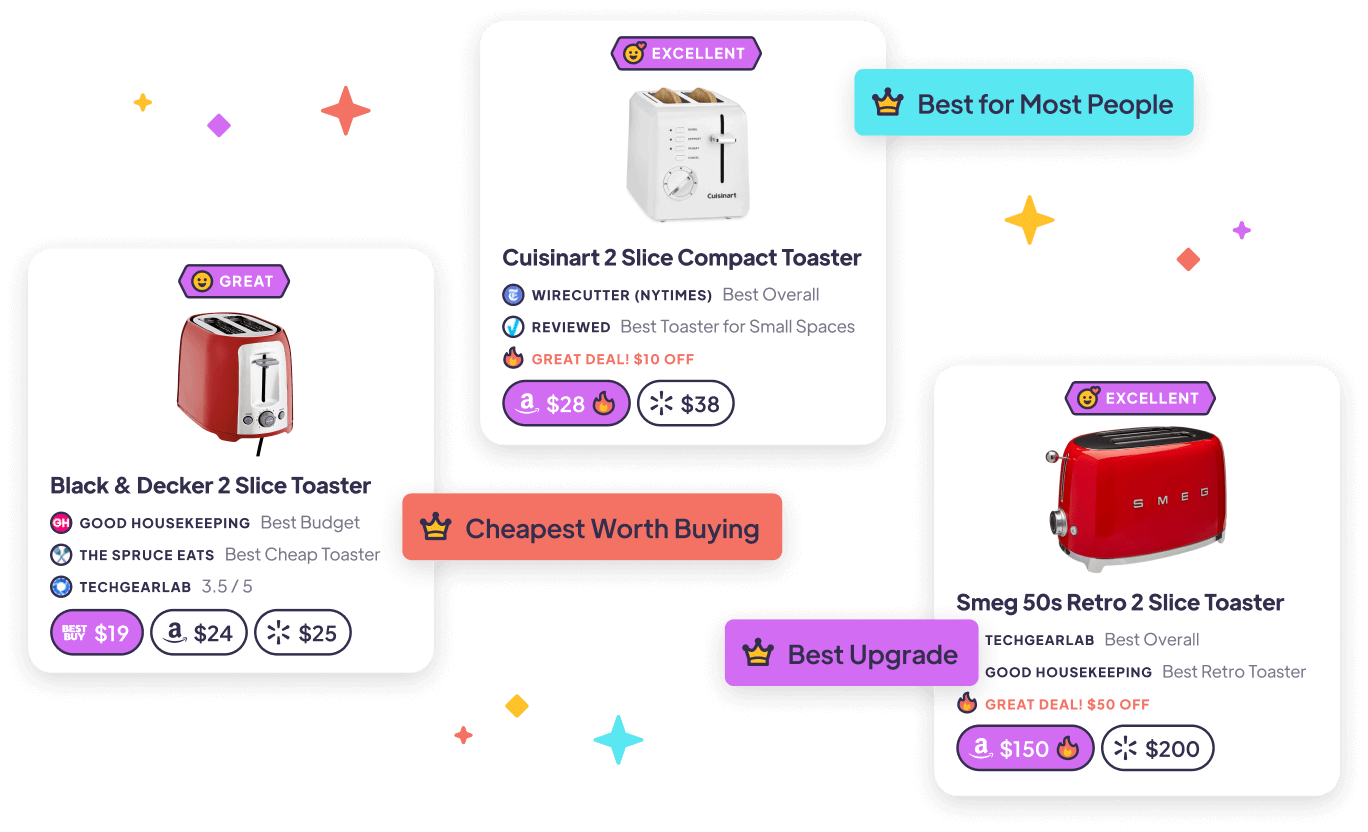When comparing cmus vs Byobu, the Slant community recommends Byobu for most people. In the question“What are the best shell powertools?” Byobu is ranked 5th while cmus is ranked 8th. The most important reason people chose Byobu is:
All of byobu's functionality is conveniently mapped to F1 to F12. It has a help menu to see keybindings and offers window tabs in an easy to interpret format. All this makes it easy to get started (can get in the way of power users, though).
Specs
Ranked in these QuestionsQuestion Ranking
Pros
Pro CLI only
CLI makes Cmus clean, fast and minimalist.
Pro Does not use a lot of memory
Cmus only uses about 15 MB. This is a very small and light media player, which is ideal for people with low end hardware.
Pro Good library structure
A lot of music players may act more like playlist viewers rather than a music library. cmus sorts by Artist > Year > Album.
Pro Works very well with tags from MusicBrainz database
cmus will factor in additional data from the MusicBrainz database while sorting. For example sort orders for arist or album, and the original release date for an album (in the case of a re-release).
Pro Fast
A lot of music players will be slow when starting if they have huge libraries, but CMus starts fast no matter the library size.
Pro Customizable keybindings for a personal experience
You can add keybindings for just about anything - including seeking (forward/backwards 1 minute, for example) which isn't supported by all music players.
Pro No mouse required
cmus does not require a mouse as it runs in the terminal
Pro Open source extensions and scripts
On GitHub you can find the official WIKI where there are a dozen extensions and scripts from color themes to a lyrics viewer and the ability to play YouTube songs.
Pro Easy to get started
All of byobu's functionality is conveniently mapped to F1 to F12. It has a help menu to see keybindings and offers window tabs in an easy to interpret format. All this makes it easy to get started (can get in the way of power users, though).

Pro Abstracts tmux and screen with a single user interface.

Pro apt-get or yum install byobu
If neither tmux nor screen are already installed, installs tmux. Both screen and tmux can be installled at same time. Switch between either easily.

Pro Adds OS dashboard alerts
byobu has support for OS alerts when an event happens.
Pro Basic package in Ubuntu Server
Byobu package is part of the basic packages in Ubuntu Server distributions.
Cons
Con No album art
cmus does not display album art
Con CLI only
No graphical interface is available for cmus. Everything is done through CLI (command line interface).
Con Difficult to use
Cmus uses odd keyboard shortcuts such as "C" to pause, "E" to add songs to queue, and "4" to edit the queue.
Con Can't play wavepack files
Con Can't be used as login shell
The byobu abstraction layers don't pass the parameters on to tmux or screen that indicate that they should run as a login shell. This means that you can't run 'ssh -t hostname byobu'. You need to use 'ssh -t hostname bash -l -c byobu'. A second implication is that the inner shell won't know to read the .profile file instead of the .$SHELLrc file. I know of no workaround for this.
Con Comparatively heavy
byobu adds a lot of functionality to the default tmux display. Most of that can't be implemented using the internal variables tmux provides, but requires executing external scripts.
This must be done on every update of the status bar, which happens once a second. That means that the system is performing a lot of forks and interpreting a lot of scripts for this "thin shell wrapper".
Con Adds only a relatively superficial abstraction on tmux or screen
Byobu still uses GNU Screen or tmux as the backend, so from a usability perspective it doesn't add much in terms of new functionalities, instead it only adds a layer of abstraction on top of them.


